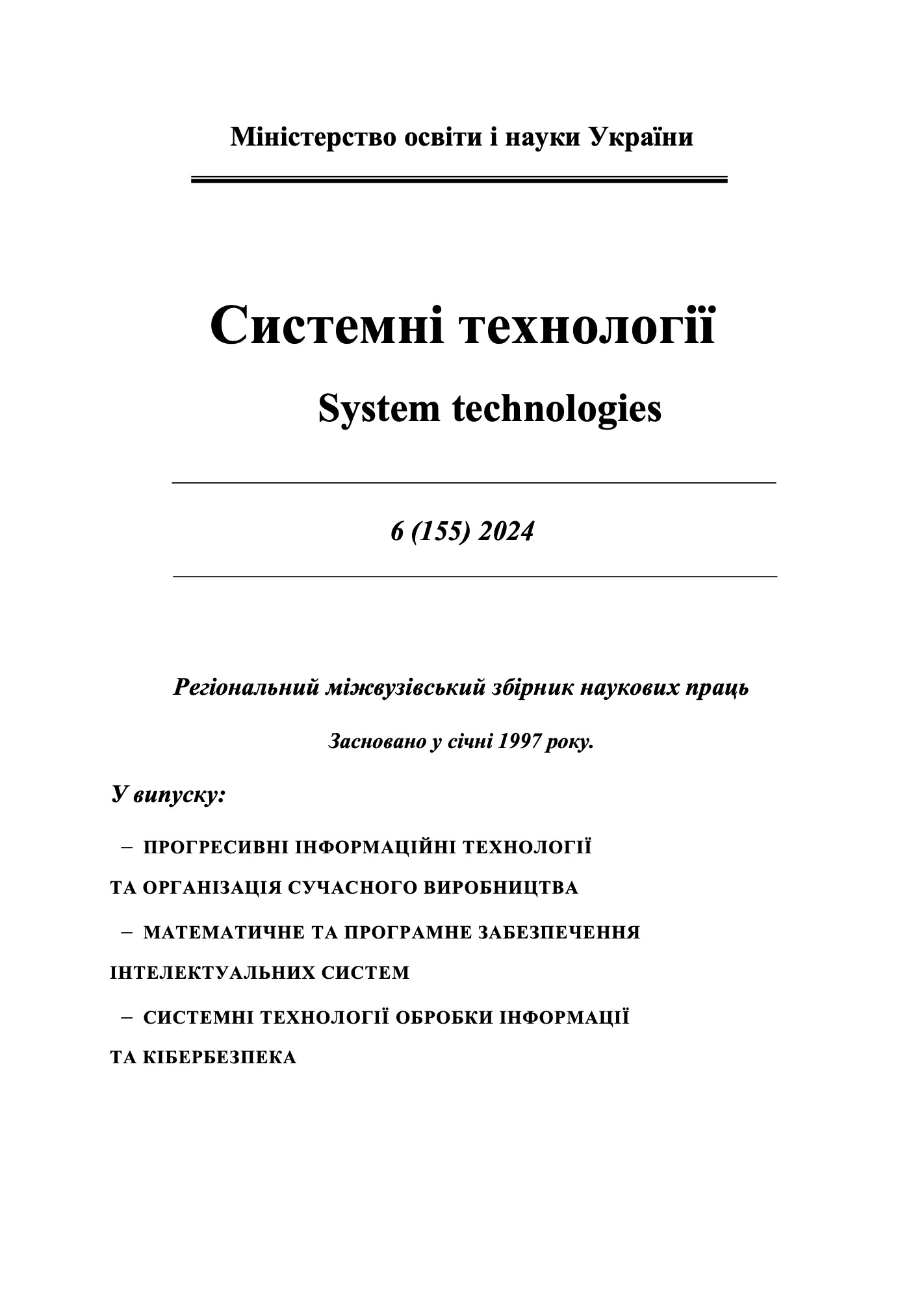Mathematical modeling of the thermal regime in solar photovoltaic thermal panel
DOI:
https://doi.org/10.34185/1562-9945-6-155-2024-15Keywords:
non-stationary mathematical model, system of nonlinear differential equations, numerical methods, solar cells, temperature distribution, thermophotovoltaic panel, low-potential heat.Abstract
Design of a combined solar photovoltaic thermal panel (PV/T) for the simultaneous generation of electrical and thermal energy was proposed in this study. The basis of the new design is a traditional solar panel with poly-Si solar cells. A flat channel with a heat transfer fluid is added to the front size of such a panel. This channel is bounded by cover glass. A non-stationary mathematical model was developed for determination of temperature regime in the PV/T panel. This model consists to the system of nonlinear ordinary differential equa-tions, which describes mutual influence of external and internal heat flows and temperatures. A Math-software was created based on the developed mathematical model. The numerical studies were conducted in in real-time mode for selected geographical location of the PV/T panel. Heat flux density from the Sun, wind speed and ambient temperature were determined based on data from open worldwide climate databases. As result of computer modeling, the typical temperature distributions in each layer of the PV/T panel during daylight hours were founded. It was determined that the heat transfer fluid moving in a transparent channel from the front side of the solar panel does not cool the solar cell. This heat transfer fluid ensures only their thermal stability at the corresponding value of the specific mass flow rate. With an increase of the specific mass flow rate of the heat transfer fluid, the growth of solar cells tem-perature is observed under unchanged environmental conditions. An the same time, the pro-posed design of the PV/T panel ensures a significant increase of the heat transfer fluid tem-perature. This makes it possible to use it in low-potential heat generation systems. This leads to an increase in the economic efficiency of solar panels, economy of occupied areas, optimi-zation of system of production, consumption and storge of thermal and electrical energy.
References
https://www.nrel.gov/pv/cell-efficiency.html
Zakharov D.V., Knysh L.I., Mathematical modeling of the influence of temperature on the efficiency of the solar panel, Problems of computational mechanics and strength of structures, 2022, Vol.34, P.48-58.
Fazal M.A., Rubaiee Saeed, Progress of PV cell technology: Feasibility of building materi-als, cost, performance, and stability, Solar Energy, 2023, Vol.258, P.203 – 219.
Rakhimov E.Yu., Avezova N.R., Emamgholizadeh Samad, Ziaii Mansour, Assessment of the Technical Potential of PV Stations on the Example of the Fergana Valley. Part II: Analy-sis of Sunny, Partly Cloudy and Cloudy Days, Applied solar energy, 2024, Vol. 60, P. 346 – 356.
Knysh L., Zakharov D., Non-stationary mathematical model of temperature distributions in solar panel layers during real operating conditions, Materials of the XXV International scien-tific and practical conference «Renewable energy and energy efficiency in the XXI century», Kyiv, May 22-24, 2024, P.202.
Delia D'Agostino, Danny Parker, Paco Melià, Giovanni Dotelli, Optimizing photovoltaic electric generation and roof insulation in existing residential buildings, Energy and Building, 2022, Vol.255, 111652.
Adnan Ibrahim, Mohd Yusof Othman, Mohd Hafidz Ruslan, Sohif Mat, Kamaruzzaman Sopian, Recent advances in flat plate photovoltaic/thermal (PV/T) solar collectors, Renewable and Sustainable Energy Reviews, 2011, Vol.15, Is.1, P.352 – 365.
Cristofari С., Notton G., Canaletti J.L. Thermal behavior of a copolymer PV/Th solar sys-tem in low flow rate conditions, Solar Energy, 2009, Vol. 83, P. 1123–1138.
Zakharov D.V., Knysh L.I., Non-stationary mathematical model of the temperature distri-bution in solar panel layers, Technical mechanics, 2023, №3, Р. 79 -87.
Kudish A.I., Evseev E.G., Walter G., Leukefeld T., Simulation study of a solar collector with a selectively coated polymeric double walled absorber plate, Energy Conversion and Management, 2002, Vol.43, P. 651 – 671.
Cristofari C., Notton G., Poggi P., Louche A., Modelling and performance of a copolymer solar water heating collector, Solar Energy, 2002, Vol. 72(2), P. 99–112.
Downloads
Published
Issue
Section
License
Copyright (c) 2025 System technologies

This work is licensed under a Creative Commons Attribution 4.0 International License.















